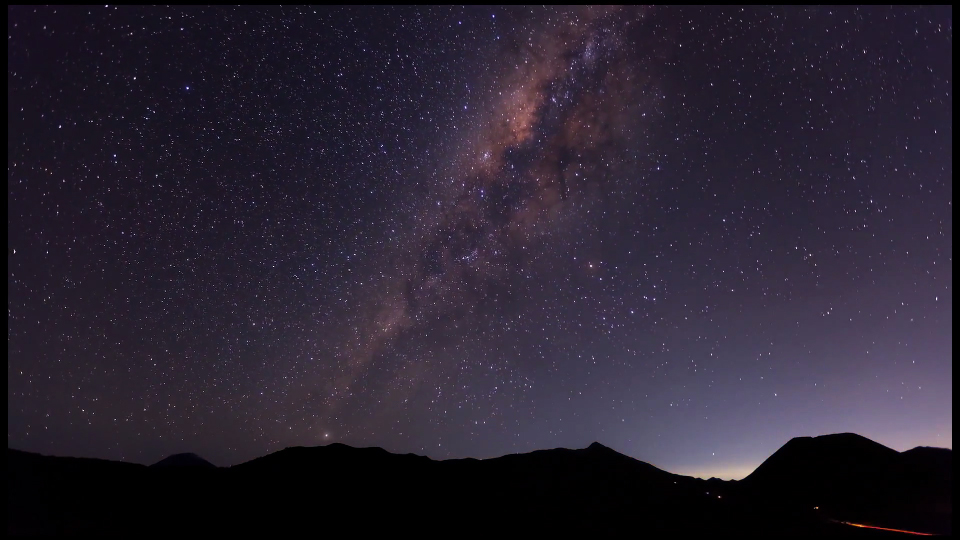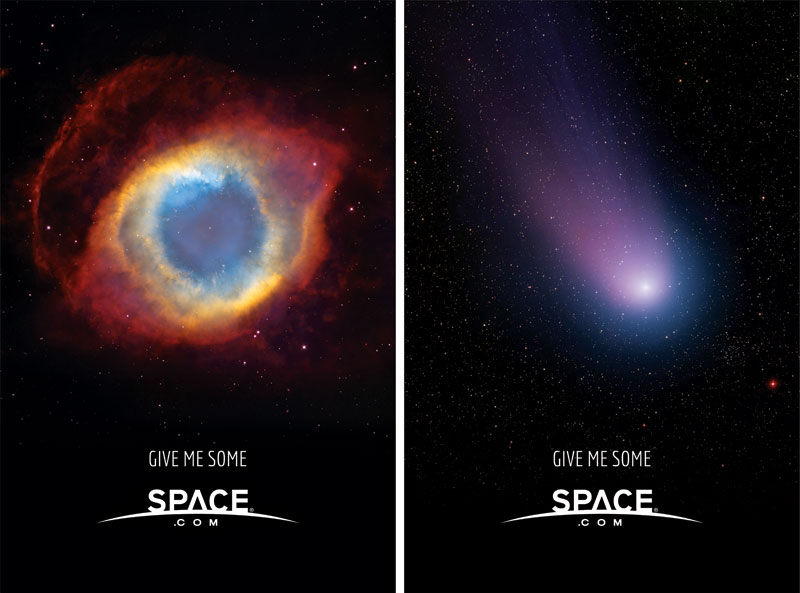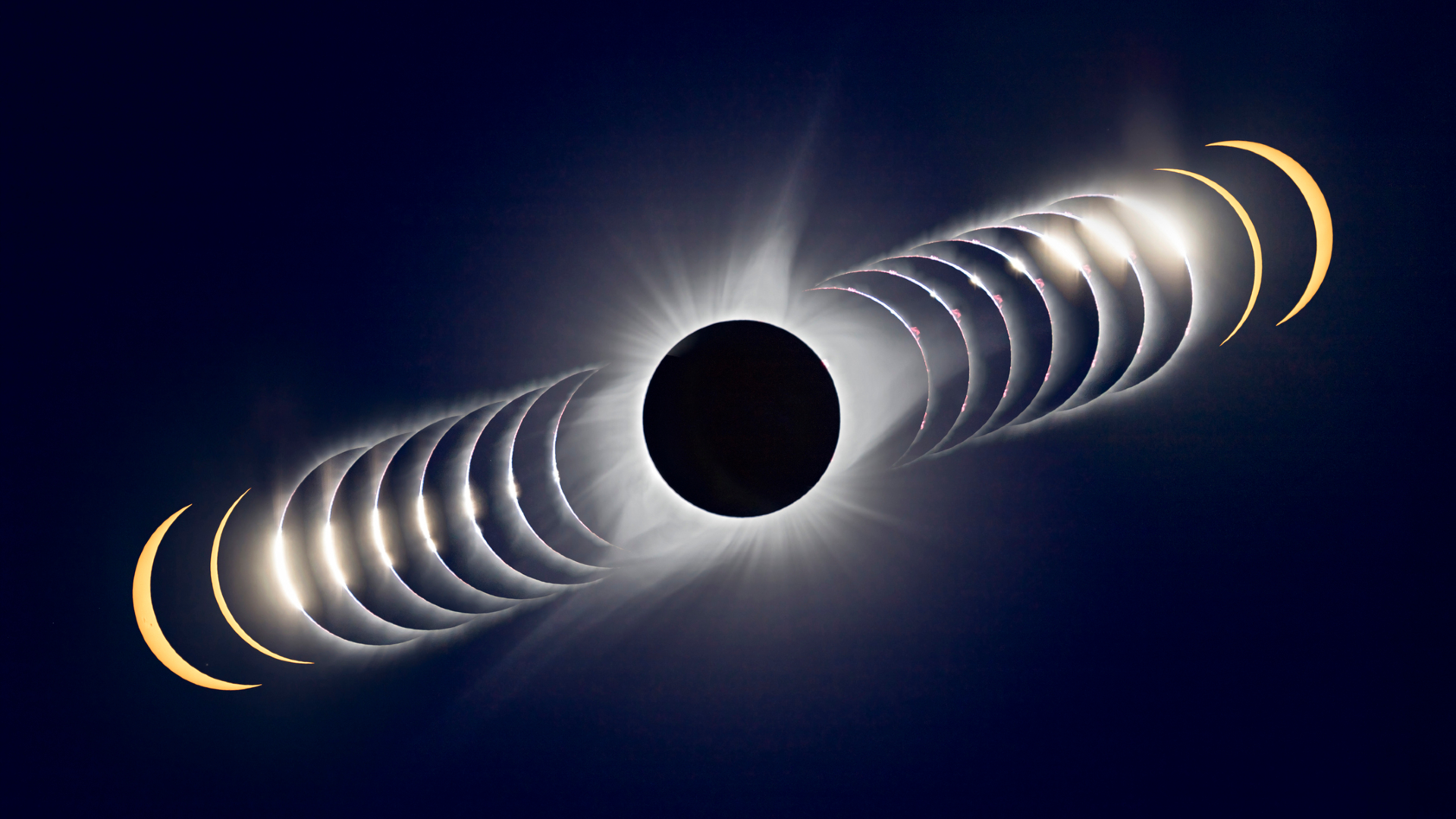It's International Dark Sky Week: Here's How to Participate

It's International Dark Sky Week, an event designed to raise awareness about the negative, star-dulling effects of light pollution.
Less than a third of the global population lives under naturally starlit and moonlit skies, according to the campaign's organizer, the International Dark-Sky Association (IDA). Light pollution not only deprives people of a wondrous view of the cosmos — it can have serious health and environmental consequences, too. Besides wasting energy, pervasive artificial lighting can send confused migratory birds crashing into walls and disorient baby sea turtles on their vital post-hatching trek to the ocean.
Here are some of the ways the IDA suggests you can participate in International Dark Sky Week:
- Conserve: To minimize your own light pollution footprint (and save money, too), make sure the outdoor lighting around your home is shielded or pointed downward; and consider installing motion detectors and timers or reducing lamp wattage.
- Contribute: Become a citizen scientist and take measurements of light pollution in your neighborhood for the Dark Sky Rangers or through the GLOBE at Night's Adopt-a-Street program.
International Dark Sky Week began on April 5 and runs through April 11.
Editor's note: If you have an amazing night sky photo you'd like to share for a possible story or image gallery, please contact managing editor Tariq Malik at spacephotos@space.com.
Follow us @Spacedotcom, Facebook or Google+.
Breaking space news, the latest updates on rocket launches, skywatching events and more!

Megan has been writing for Live Science and Space.com since 2012. Her interests range from archaeology to space exploration, and she has a bachelor's degree in English and art history from New York University. Megan spent two years as a reporter on the national desk at NewsCore. She has watched dinosaur auctions, witnessed rocket launches, licked ancient pottery sherds in Cyprus and flown in zero gravity on a Zero Gravity Corp. to follow students sparking weightless fires for science. Follow her on Twitter for her latest project.

